1. Key Selection Criteria and Technical Rationale
1.1 Cable Type Selection
Shielding Configuration
Analog Signals (AI/AO): Use double shielding (individual + overall shield).
Reason: Analog signals are highly susceptible to electromagnetic interference (EMI). Double shielding effectively isolates external noise and ensures signal accuracy.
Digital Signals (DI/DO): Use single shielding in general environments; double shielding in high-interference areas (e.g., electrical rooms).
Reason: Digital signals are more resistant to EMI. Single shielding is typically sufficient, but in strong electromagnetic environments, enhanced shielding prevents malfunction.
Flame Retardant Rating
Cables should meet flame retardant standards (Class A/B/C), with Class A preferred.
Reason: Chemical environments carry high fire risks. Flame-retardant cables help suppress fire spread and comply with standards such as HG/T20512 and GB50058.
Intrinsically Safe Cables
Mandatory when connected to intrinsically safe instruments.
Reason: These cables have low impedance, low distributed capacitance and inductance, ensuring explosion protection in intrinsic safety systems.
Armored and Fire-Resistant Cables
Armored: Not typically required, but recommended for underground installation or areas with high mechanical stress (e.g., oil depots).
Reason: Armor improves tensile and compressive strength but adds cost and installation complexity.
Fire-Resistant: Required for emergency shut-off valves, SIS systems, and combustible gas detection loops.
Reason: Ensures signal transmission during fire events, enabling critical safety interlocks to function.
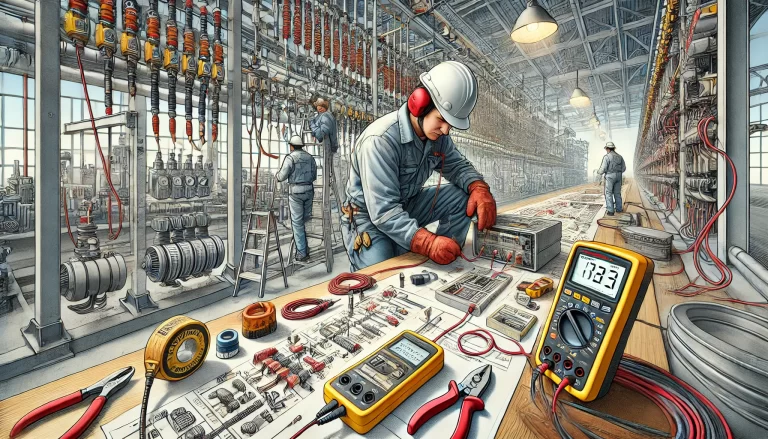
1.2 Conductor Cross-Section Design
Minimum Cross-Section Requirements
General applications: ≥ 0.5mm²
Hazardous Zone 1: ≥ 2.5mm²
Zone 2: ≥ 1.5mm² (multi-core cables: ≥ 1.0mm²)
Reason: Ensures mechanical strength, conductivity, and compliance with explosion-proof regulations (e.g., GB50058).
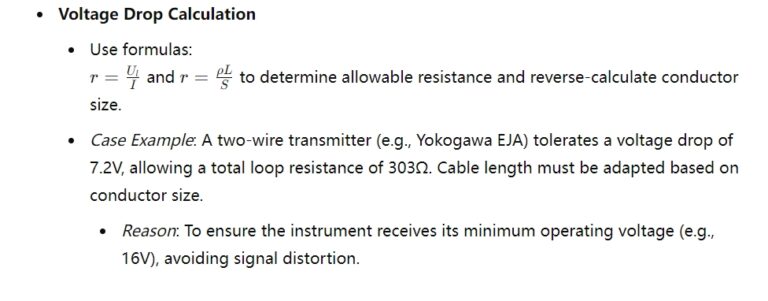
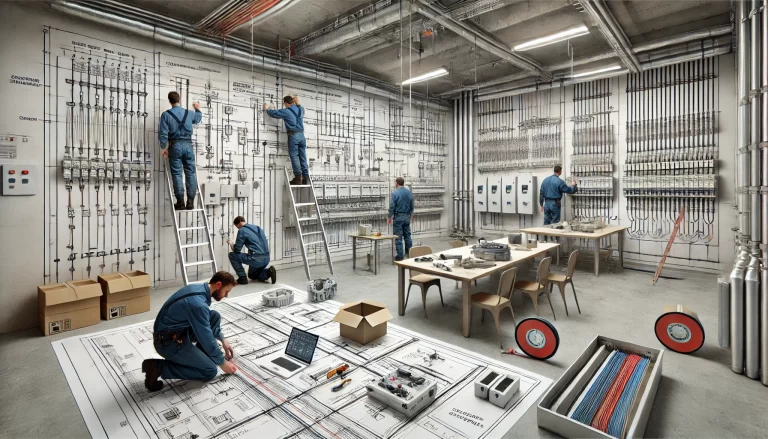
1.3 Environmental Adaptability
Insulation Materials
PVC (cost-effective), PE (cold resistance), or XLPE (heat resistance up to 90°C) based on environment.
Reason: PVC can become brittle below -15°C; PE is suitable for low temperatures but flammable; XLPE is best for high-temperature areas.
Sheathing & Protection
In humid or corrosive environments, use low-smoke, halogen-free sheaths.
For outdoor or mechanically exposed areas, armored cables are recommended.
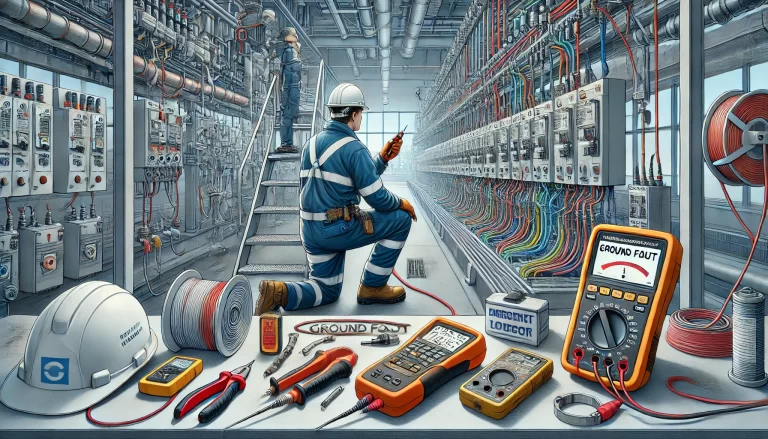
2. Cost-Performance Analysis
2.1 Major Cost Drivers
Shielding & Armoring
Double-shielded cables cost 20–30% more than single-shielded types.
Armored cables increase total cost by 15–20%, including accessories (e.g., cable glands, grounding).
Recommendation: Use single shield for DI/DO, double shield for AI/AO; avoid armor unless necessary.
Conductor Size
Reducing from 1.5mm² to 1.0mm² can save ~¥16/m, provided voltage drop and mechanical strength are within limits.
Case Example: One project saved ¥4.29 million by optimizing cross-section and eliminating unnecessary armoring.
Flame Retardancy
Class A cables are more expensive than Class B/C, but essential for high-risk environments.

2.2 Strategies for Balancing Performance and Cost
Prioritize Functionality
Ensure critical features such as shielding, flame retardancy, and intrinsic safety are met. Avoid overdesign—e.g., standard DI signals don’t need double shielding.
Standardized Selection
Use uniform specifications for signal types—e.g., 1.0mm² single shield for DI/DO, 1.5mm² double shield for AI/AO—to simplify procurement and reduce inventory.
Long-Term Reliability
Fire-resistant cables may be expensive, but are irreplaceable in safety loops (e.g., SIS systems), where reliability outweighs cost concerns.
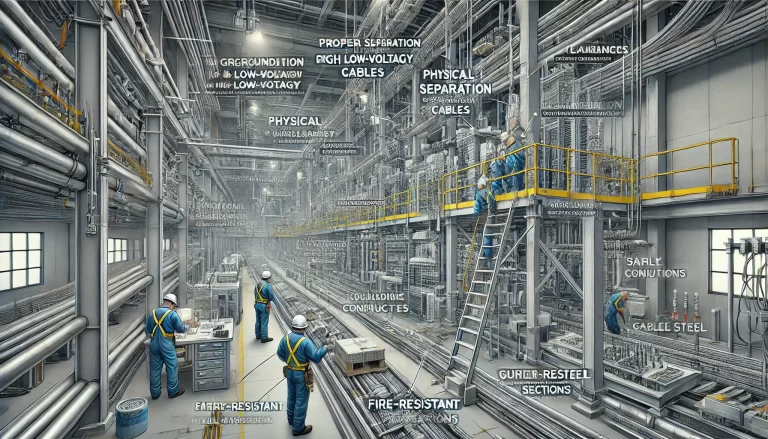
3. Summary of Cable Selection Workflow
Identify Signal Type: Determine whether it’s analog, digital, or intrinsically safe, then select appropriate shielding.
Assess Environmental Conditions: Choose flame-retardant, armored, or special insulation cables based on fire risk, mechanical stress, and temperature/corrosion factors.
Calculate Cross-Section: Use voltage drop formulas to ensure compliance with minimum sizing standards.
Optimize for Cost: Choose the most cost-effective cable that meets all functional and safety requirements. Avoid redundant specifications.
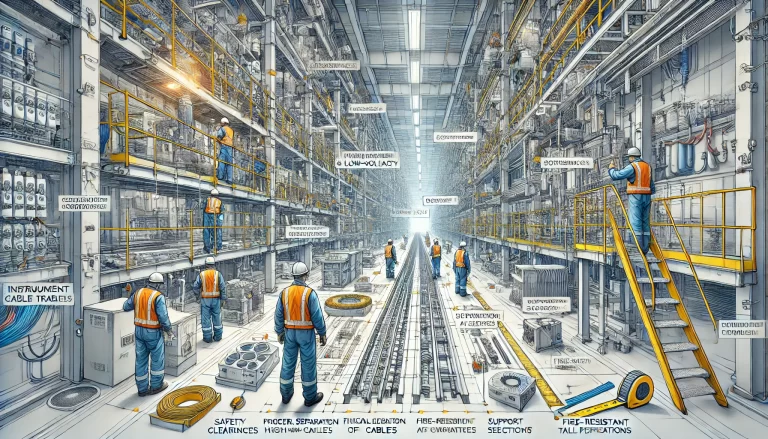
Key Principle
Instrumentation cable selection in chemical plants should balance signal reliability, safety, and cost. By optimizing parameters like shielding, flame retardancy, and conductor size, engineers can achieve high performance without unnecessary expenditure.
